Home>Gardening & Outdoor>Pool & Spa Care>How Long Will A Hot Tub Stay Warm Without Power
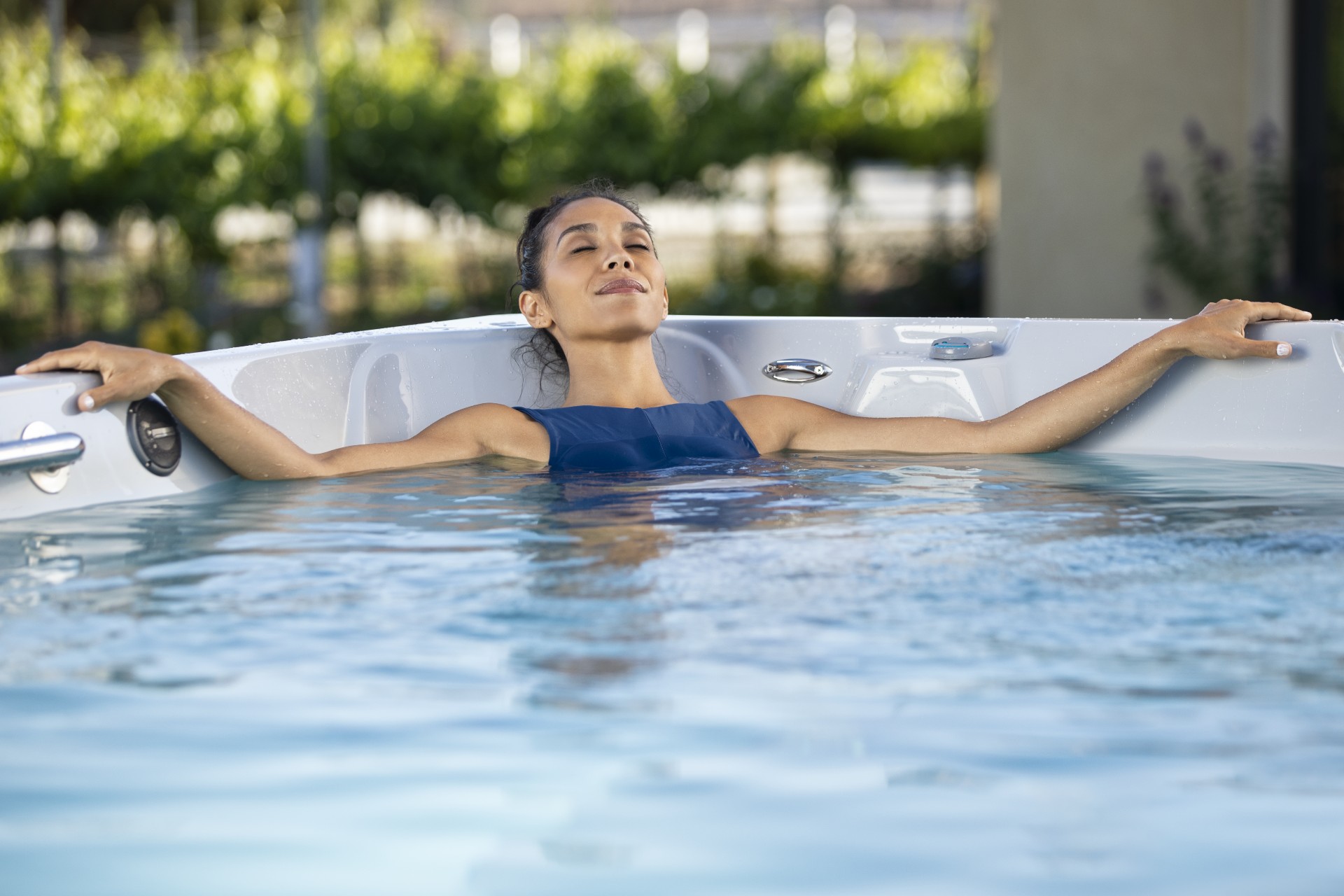

Pool & Spa Care
How Long Will A Hot Tub Stay Warm Without Power
Modified: January 9, 2024
Discover how to maintain the warmth of your hot tub without power. Get expert tips for pool and spa care to keep your hot tub cozy for longer.
(Many of the links in this article redirect to a specific reviewed product. Your purchase of these products through affiliate links helps to generate commission for Storables.com, at no extra cost. Learn more)
**
Introduction
**
So, you've just enjoyed a blissful soak in your hot tub, feeling the stress melt away as the warm, bubbling water enveloped you. But have you ever wondered how long your hot tub would stay warm if the power suddenly went out? It's a common concern among hot tub owners, especially in areas prone to power outages. In this article, we'll delve into the factors that influence a hot tub's temperature retention and explore how long you can expect your hot tub to stay warm without power. Understanding these dynamics can help you make informed decisions about hot tub maintenance and preparedness, ensuring that you can continue to enjoy the soothing comfort of your hot tub even in unexpected circumstances. So, let's dive in and unravel the science behind hot tub temperature retention!
**
Key Takeaways:
- Hot tubs with good insulation and quality covers can stay warm for 8-12 hours without power, especially in mild weather. Larger tubs retain heat longer due to their higher water volume.
- Understanding factors like insulation, cover quality, ambient temperature, and tub size helps owners prepare for power outages and maximize hot tub warmth. Regular maintenance is key to prolonged heat retention.
Read more: How Long To Warm Up A Hot Tub
Factors Affecting Hot Tub Temperature
Several key factors play a significant role in determining how long a hot tub will retain its warmth without power. Understanding these factors can provide valuable insights into the dynamics of hot tub temperature maintenance. Let’s explore the primary influencers:
- Insulation and Cover: The quality of insulation and the effectiveness of the hot tub cover are paramount in preserving heat. Well-insulated hot tubs with high-quality covers can significantly slow down heat loss, extending the duration the water remains warm without power.
- Ambient Temperature: The external temperature surrounding the hot tub can impact its ability to retain heat. Colder ambient temperatures can accelerate heat loss, while warmer surroundings can help maintain the water temperature for a more extended period.
- Hot Tub Size and Water Volume: The physical dimensions of the hot tub and the volume of water it holds directly influence heat retention. Larger hot tubs with greater water volumes generally retain heat for a longer duration compared to smaller ones.
By considering these influential factors, hot tub owners can gain a deeper understanding of the variables at play in maintaining optimal water temperature, empowering them to take proactive measures to enhance heat retention and prepare for unexpected power outages.
Insulation and Cover
When it comes to heat retention in a hot tub, the quality of insulation and the effectiveness of the cover are pivotal factors. Well-designed insulation serves as a barrier, minimizing heat loss and maximizing energy efficiency. High-quality insulation materials, such as foam insulation within the hot tub cabinet and base, create a thermal barrier that helps trap heat within the water, preventing rapid temperature decline.
Additionally, the hot tub cover plays a crucial role in preserving heat. A durable and well-fitted cover acts as a shield against heat dissipation, especially during periods of inactivity. It prevents heat from escaping into the surrounding environment, thereby maintaining the water temperature for a longer duration. A tightly sealed cover with proper insulation properties can significantly extend the time a hot tub stays warm without power.
Hot tub covers are typically designed with insulating materials, such as foam cores and vinyl exteriors, to enhance their thermal efficiency. The thickness and density of the cover’s insulation contribute to its ability to retain heat. Thicker, denser covers offer superior insulation, reducing heat loss and prolonging the period during which the hot tub water remains warm.
Furthermore, the condition of the cover’s seal and the presence of any damage or wear are critical considerations. A well-maintained cover with a secure seal ensures minimal heat escape, whereas a damaged or ill-fitting cover can compromise heat retention, leading to more rapid temperature decline.
By investing in a hot tub with excellent insulation properties and a high-quality cover, owners can enhance the thermal efficiency of their spa, resulting in prolonged heat retention even in the absence of power. Regular maintenance and inspection of the cover can further optimize its performance, ensuring that the hot tub remains warm and inviting for extended periods, regardless of external circumstances.
Ambient Temperature
The external temperature surrounding the hot tub plays a significant role in influencing its ability to retain heat. In colder climates or during winter months, the ambient temperature can expedite heat loss from the hot tub water, resulting in a more rapid decline in temperature when power is unavailable. Conversely, in warmer environments, the surrounding temperature can contribute to maintaining the water temperature for a longer duration.
During cold weather, the heat transfer between the warm water inside the hot tub and the chilly outdoor air intensifies, leading to accelerated heat dissipation. This effect is particularly pronounced in poorly insulated hot tubs or those with inadequate covers, where the temperature gradient between the water and the external environment is more pronounced, hastening heat loss. In such conditions, the hot tub’s ability to stay warm without power may be notably reduced.
Conversely, in milder or warmer climates, the ambient temperature can work in favor of heat retention. Warmer surroundings exert less thermal stress on the hot tub, allowing it to maintain its temperature for a more extended period when power is unavailable. In these conditions, well-insulated hot tubs with effective covers can leverage the relatively mild ambient temperature to sustain the warmth of the water, offering a longer window of enjoyable soaking even without power.
It’s important for hot tub owners to consider the prevailing ambient temperature and its seasonal variations when assessing the expected duration of heat retention without power. By understanding the interplay between the hot tub’s environment and its thermal dynamics, owners can make informed decisions regarding insulation, cover maintenance, and contingency plans to mitigate the impact of external temperature on heat retention.
To help a hot tub stay warm without power, consider investing in a well-insulated cover to trap heat, and adding a thermal blanket to further retain warmth. Regularly checking and maintaining the insulation around the tub can also help it stay warm for longer periods of time.
Hot Tub Size and Water Volume
The physical dimensions of a hot tub and the volume of water it holds directly influence its ability to retain heat in the absence of power. Larger hot tubs with greater water volumes generally exhibit a more prolonged heat retention capacity compared to their smaller counterparts. The following factors illustrate the impact of hot tub size and water volume on heat retention:
- Thermal Mass: The larger the volume of water in a hot tub, the greater its thermal mass. Thermal mass refers to the ability of a substance, in this case, water, to store heat. A higher thermal mass enables the water to retain heat for a more extended period, as it requires more energy to alter the temperature of a larger volume compared to a smaller one.
- Surface Area-to-Volume Ratio: Smaller hot tubs typically have a higher surface area-to-volume ratio, meaning that a larger proportion of their water is exposed to the surrounding environment. This increased surface area facilitates more rapid heat loss, as the water is in direct contact with the air. In contrast, larger hot tubs have a lower surface area-to-volume ratio, reducing the rate of heat dissipation and contributing to prolonged heat retention.
- Insulation Requirements: Larger hot tubs often necessitate more robust insulation to effectively retain heat. The increased water volume requires enhanced insulation to minimize heat loss, ensuring that the water remains warm for an extended period without the need for continuous energy input.
Understanding the relationship between hot tub size, water volume, and heat retention can guide owners in selecting an appropriately sized hot tub based on their preferences and usage patterns. Additionally, it underscores the importance of insulation and cover quality, as these elements play a crucial role in preserving heat, particularly in larger hot tubs with greater thermal mass.
By considering the impact of hot tub size and water volume on heat retention, owners can make informed decisions regarding hot tub selection, maintenance, and operational practices to optimize the duration of warmth in the absence of power, ensuring a consistently enjoyable soaking experience.
Read more: How Long Can I Stay In The Hot Tub
Duration Hot Tub Will Stay Warm Without Power
The duration for which a hot tub will stay warm without power is influenced by a combination of factors, including insulation quality, cover effectiveness, ambient temperature, hot tub size, and water volume. While specific timeframes can vary based on these variables, it’s essential to provide a general understanding of the expected duration of heat retention in the absence of power.
Well-insulated hot tubs equipped with high-quality covers can typically retain a significant amount of heat for several hours, even without power. In favorable ambient temperatures, such as during mild weather conditions, the heat retention duration may be further extended. However, in colder climates or during winter months, the heat loss rate accelerates, reducing the time the hot tub can stay warm without power.
As a general guideline, a properly maintained and adequately insulated hot tub with a well-fitted cover can be expected to retain warmth for approximately 8 to 12 hours without power. This timeframe is influenced by factors such as ambient temperature, hot tub size, and water volume, and may vary based on specific environmental conditions and equipment specifications.
Larger hot tubs with greater water volumes tend to exhibit prolonged heat retention compared to smaller models, owing to their higher thermal mass and lower surface area-to-volume ratio. Additionally, hot tubs located in regions with milder ambient temperatures may experience longer heat retention periods, while those in colder environments may see a more rapid decline in water temperature.
It’s important for hot tub owners to consider these factors when assessing the expected duration of heat retention without power, allowing them to make informed decisions and preparations for potential power outages. Regular maintenance of insulation, covers, and other heat retention elements is crucial in maximizing the duration of warmth during unexpected power interruptions, ensuring continued enjoyment of the hot tub experience.
Conclusion
Understanding the dynamics of hot tub temperature retention without power is essential for hot tub owners seeking to prolong the enjoyment of their spa, even in unforeseen circumstances. The interplay of factors such as insulation quality, cover effectiveness, ambient temperature, hot tub size, and water volume collectively determines the duration for which a hot tub will stay warm without power.
By investing in a well-insulated hot tub with a high-quality cover, owners can significantly extend the period of heat retention, ensuring that the water remains warm and inviting for an extended duration, even in the absence of power. Additionally, proactive maintenance and regular inspection of insulation and covers can further optimize heat retention capabilities, enhancing the overall hot tub experience.
Awareness of the impact of ambient temperature on heat retention allows owners to adapt their maintenance practices and contingency plans based on seasonal variations and climate considerations. Understanding the influence of hot tub size and water volume on heat retention empowers owners to make informed decisions regarding hot tub selection and operational practices, optimizing the duration of warmth without power.
While the specific duration for which a hot tub will stay warm without power can vary based on environmental factors and equipment specifications, a general guideline of approximately 8 to 12 hours can serve as a reference point. This timeframe underscores the importance of proactive measures and preparedness to mitigate the impact of unexpected power outages on the hot tub’s temperature retention capabilities.
Ultimately, a comprehensive understanding of the factors influencing hot tub temperature retention without power enables owners to make informed decisions, implement effective maintenance practices, and prepare for potential power interruptions, ensuring a consistent and enjoyable hot tub experience under diverse circumstances.
By leveraging this knowledge, hot tub owners can maximize the duration of heat retention, prolonging the soothing comfort and relaxation offered by their spa, regardless of external challenges. With a proactive approach to heat retention and a keen awareness of the influencing factors, hot tub enthusiasts can continue to indulge in the rejuvenating experience of their beloved spa, embracing its warmth and therapeutic benefits with confidence and preparedness.
Frequently Asked Questions about How Long Will A Hot Tub Stay Warm Without Power
Was this page helpful?
At Storables.com, we guarantee accurate and reliable information. Our content, validated by Expert Board Contributors, is crafted following stringent Editorial Policies. We're committed to providing you with well-researched, expert-backed insights for all your informational needs.

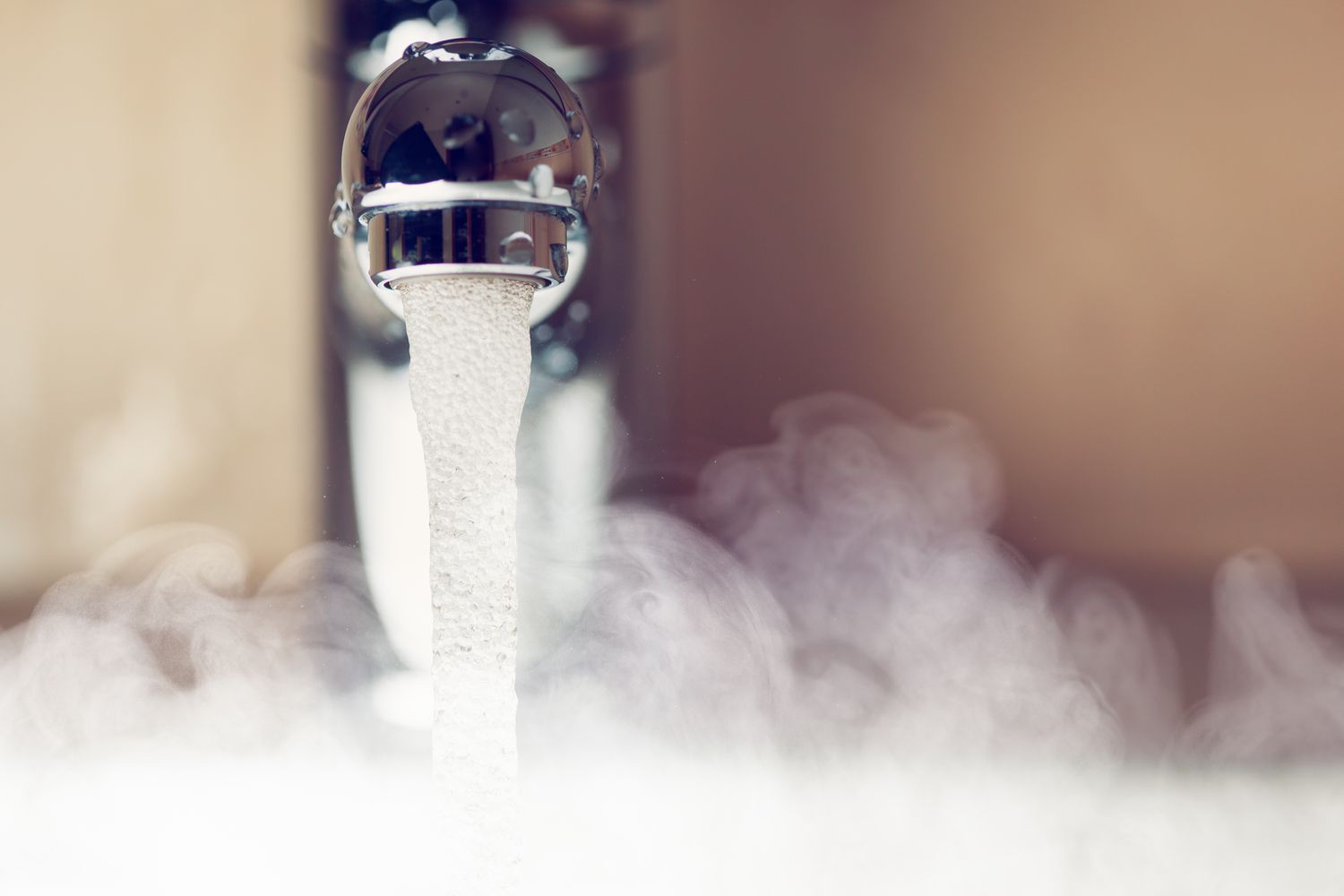
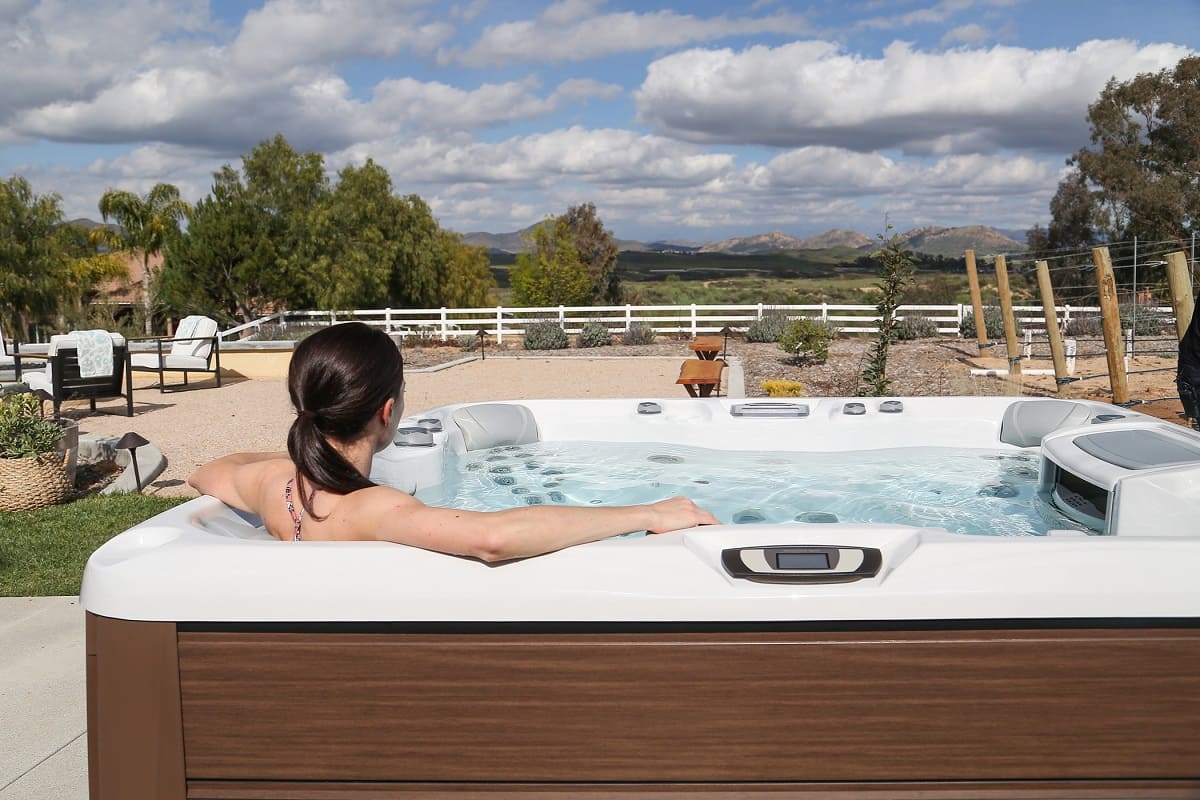
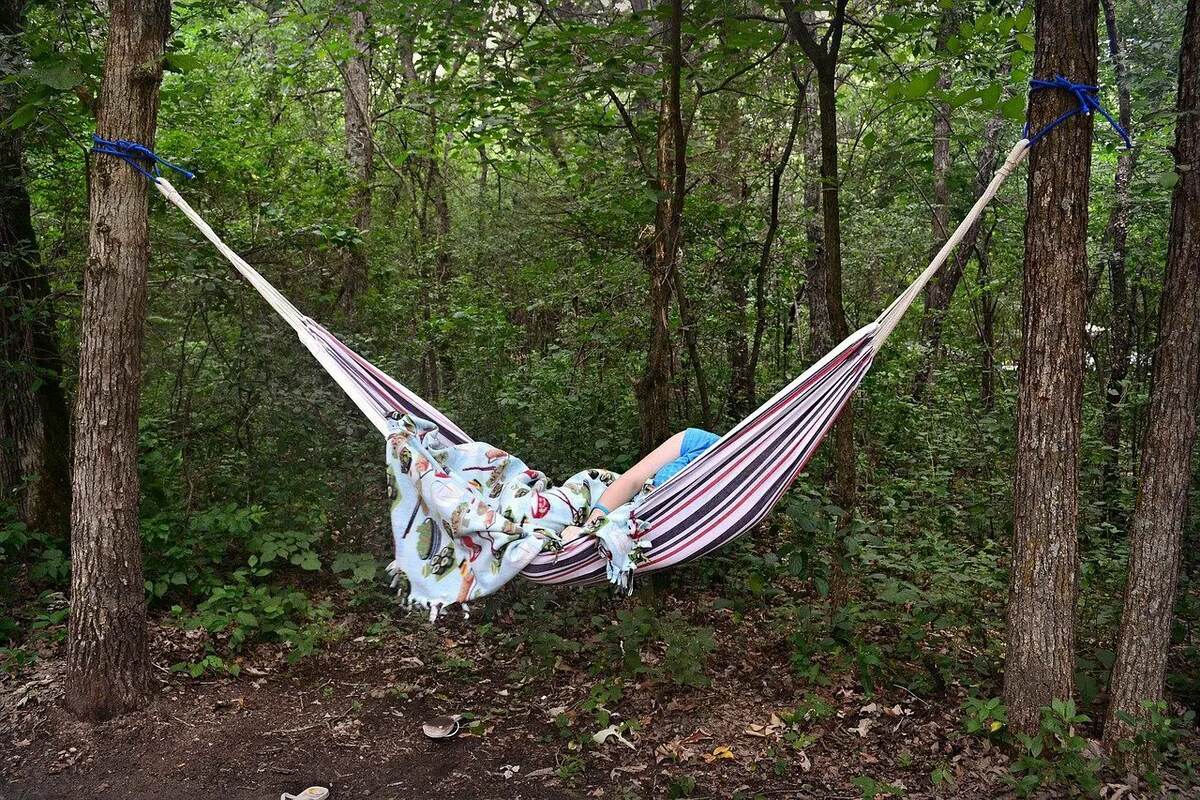
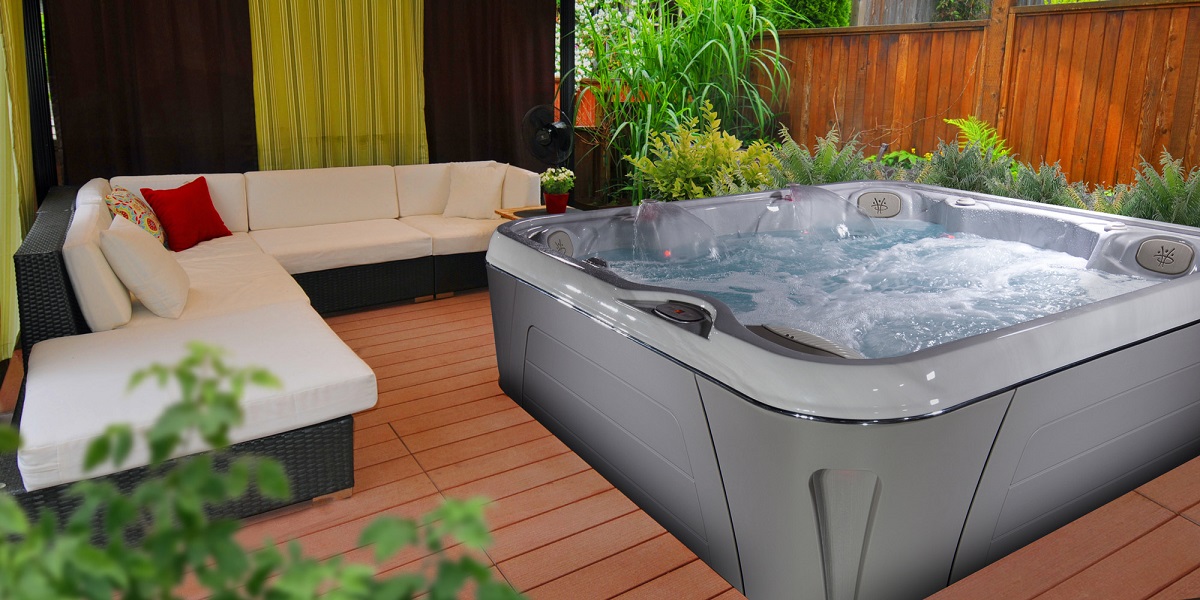
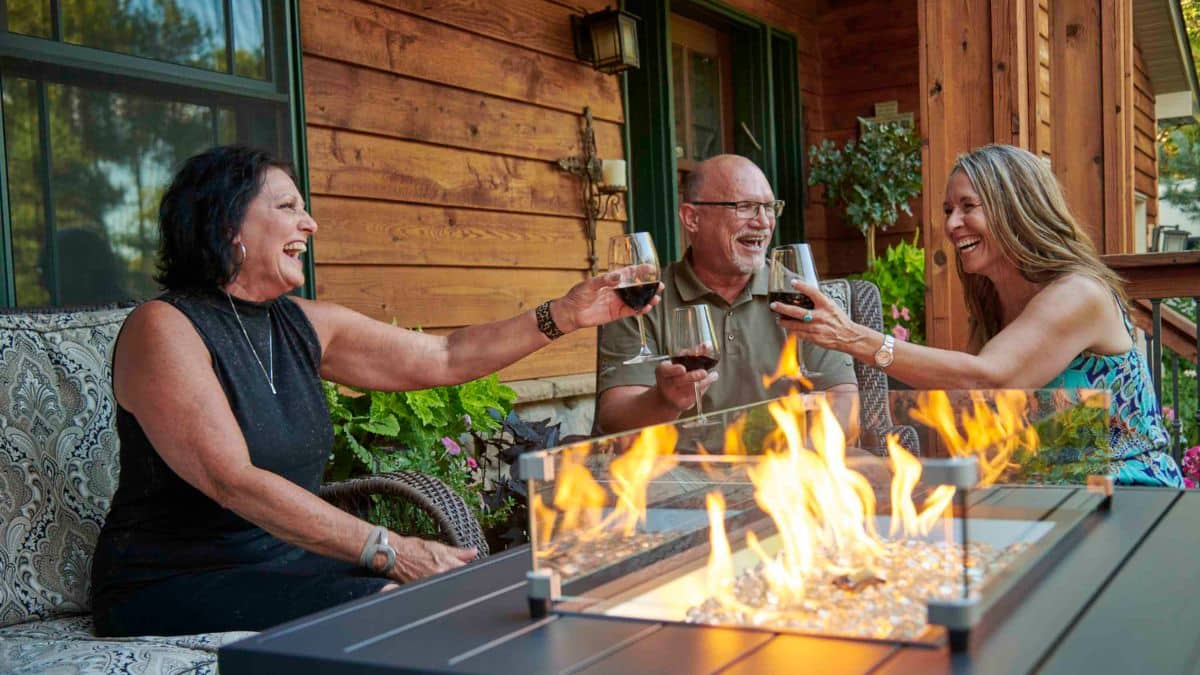
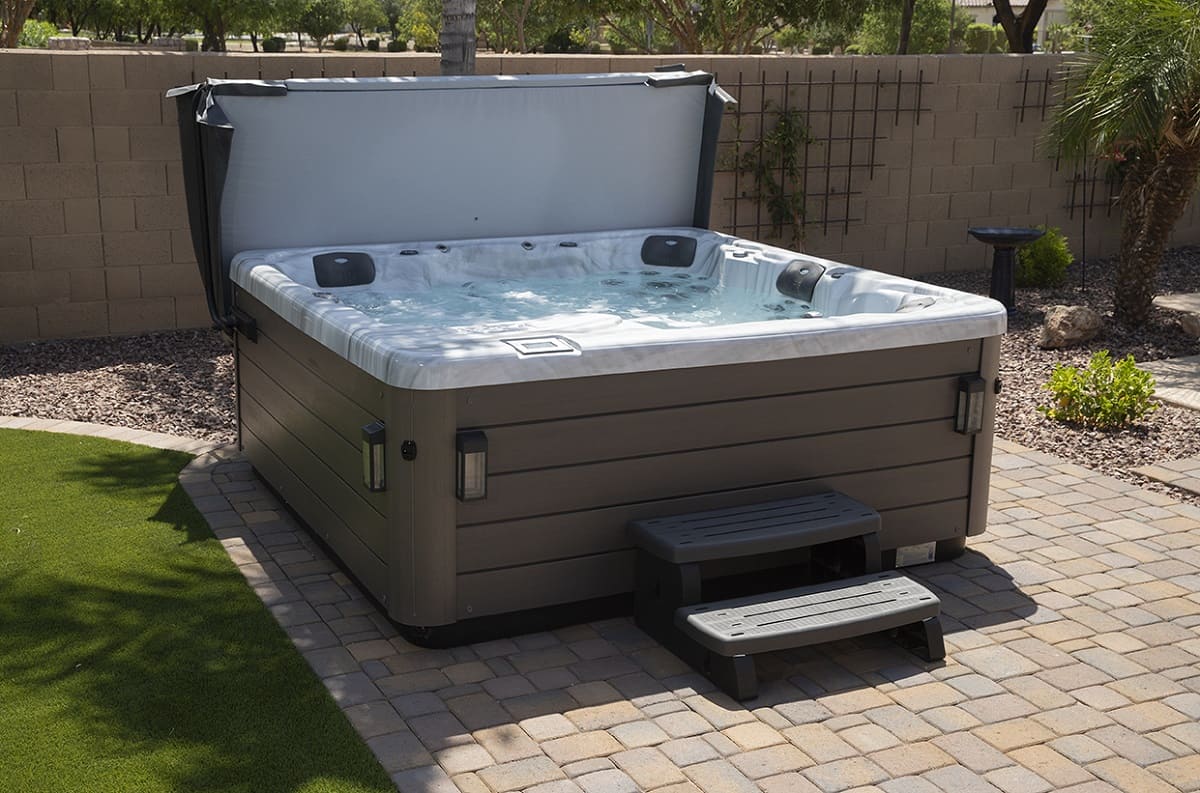
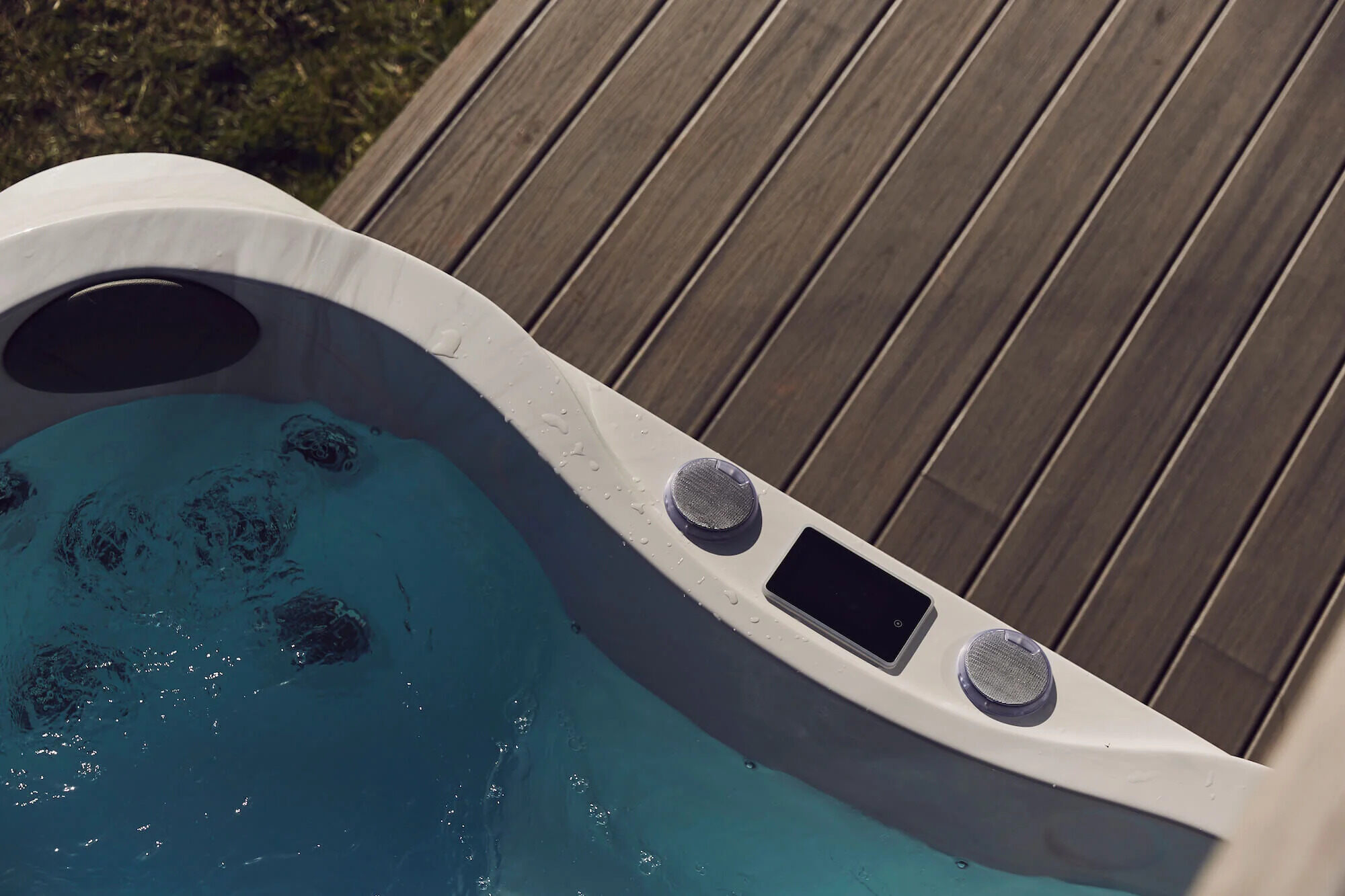
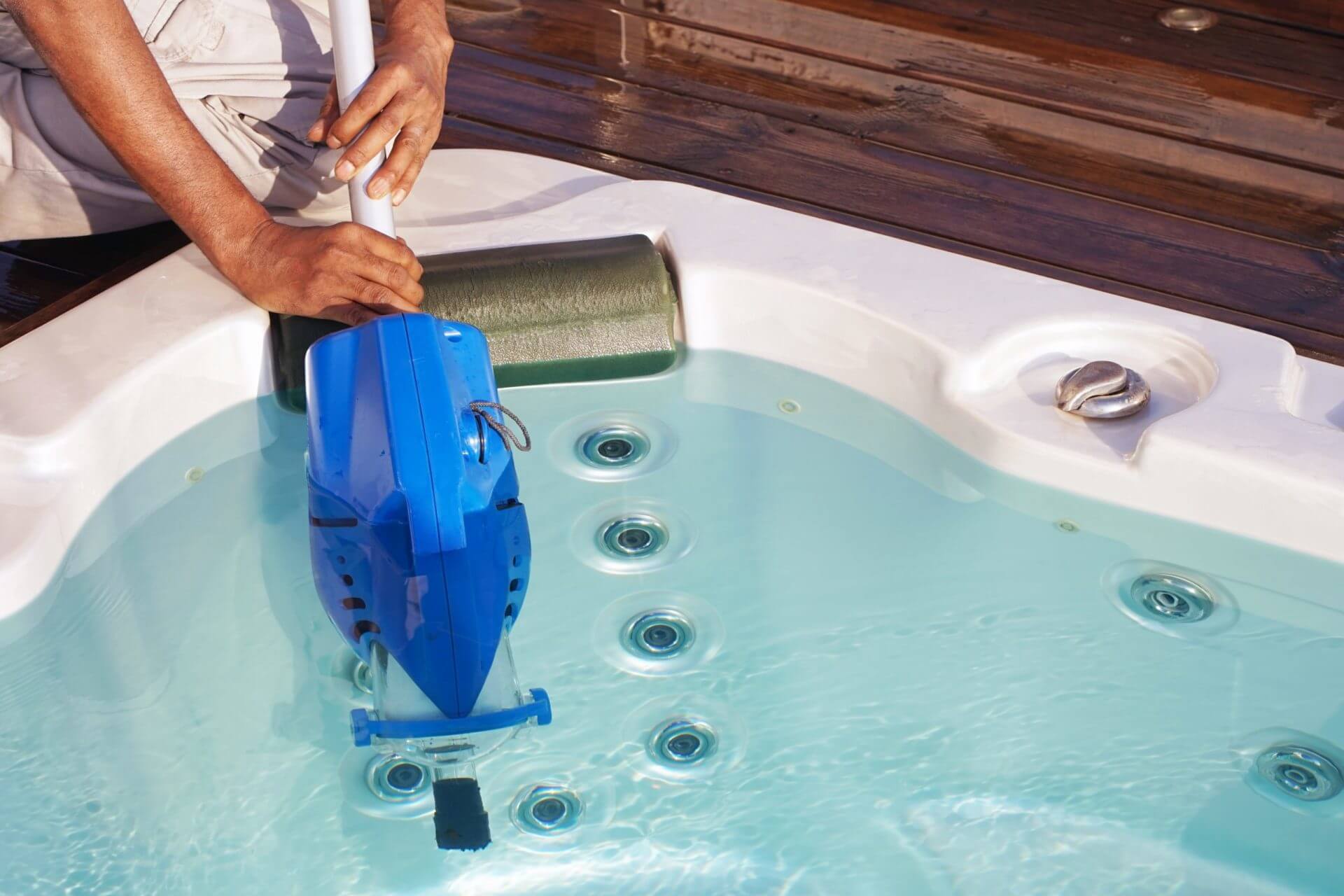
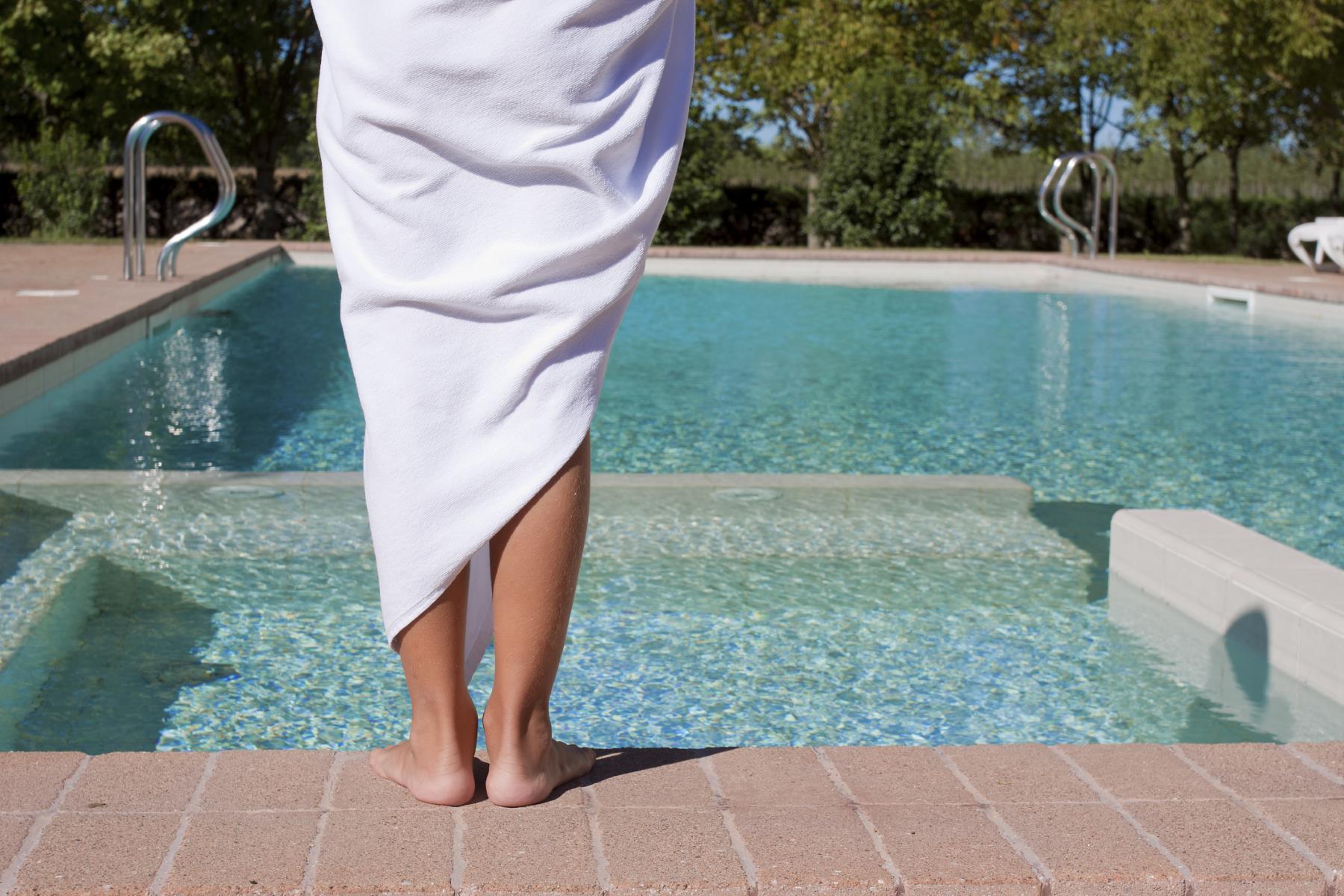
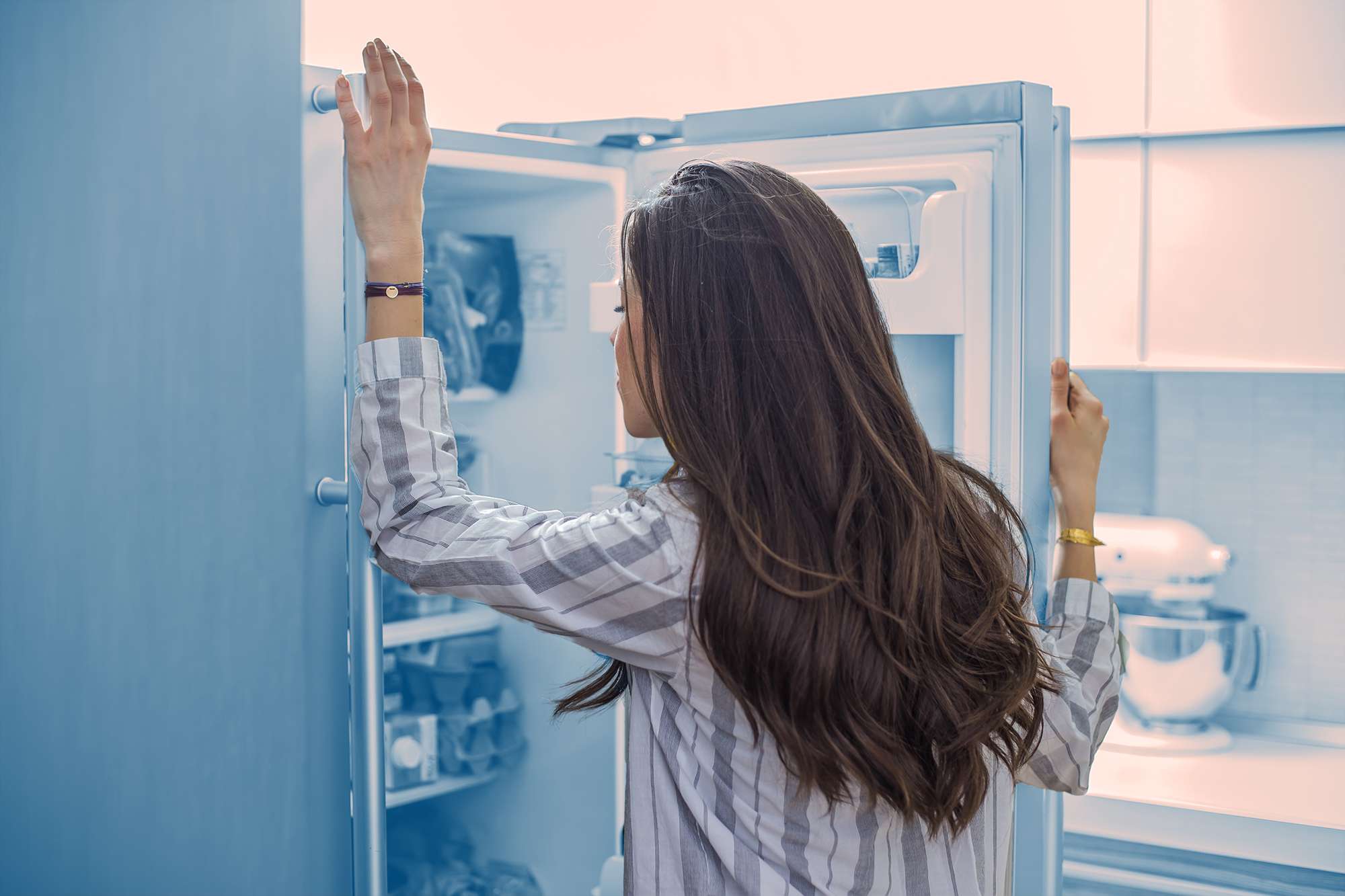
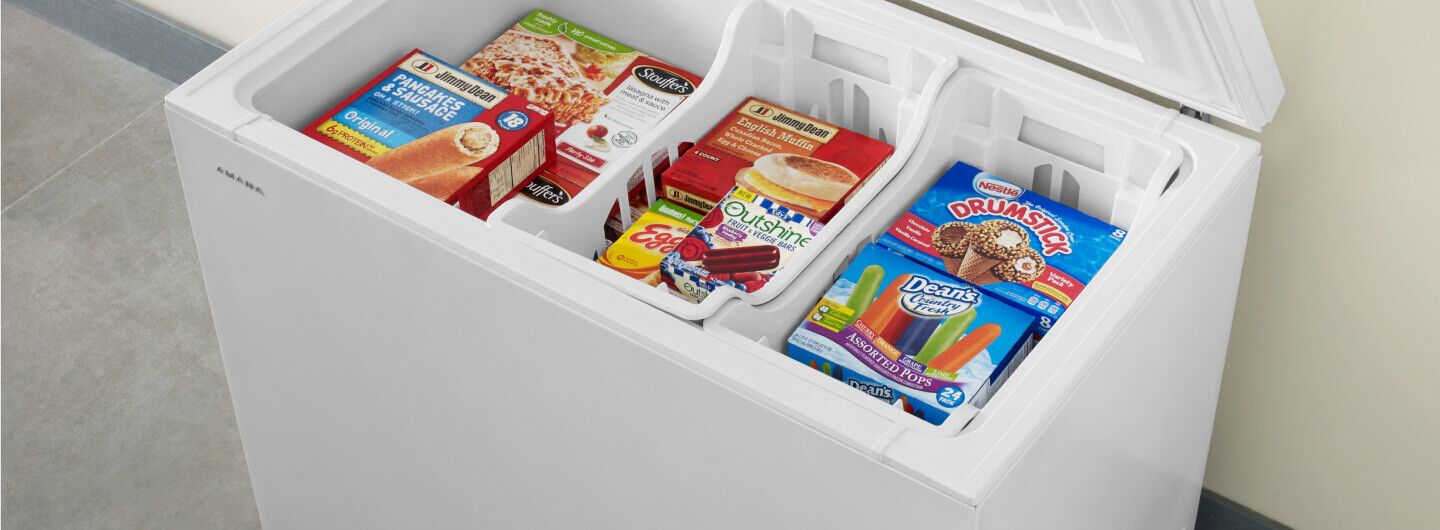
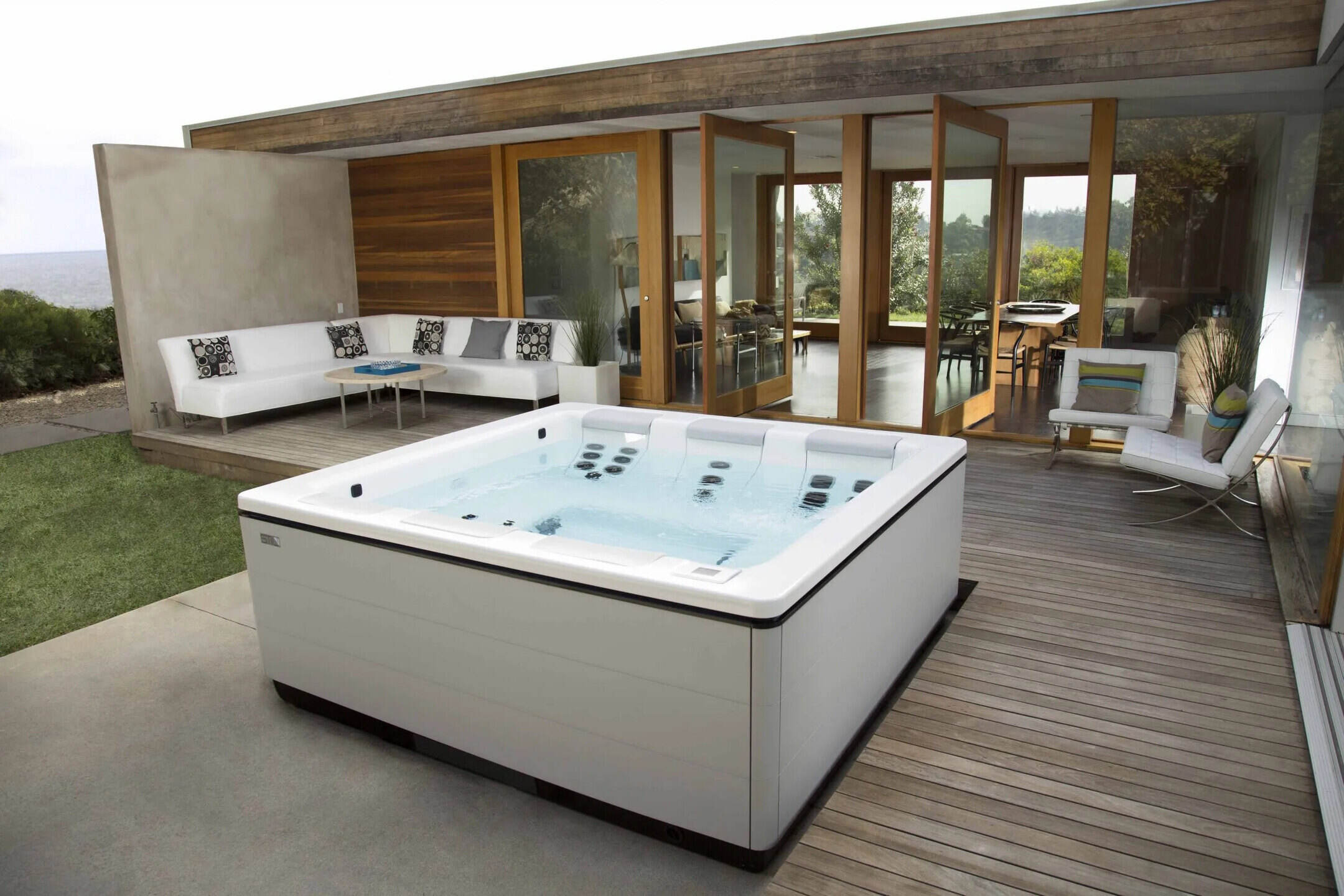
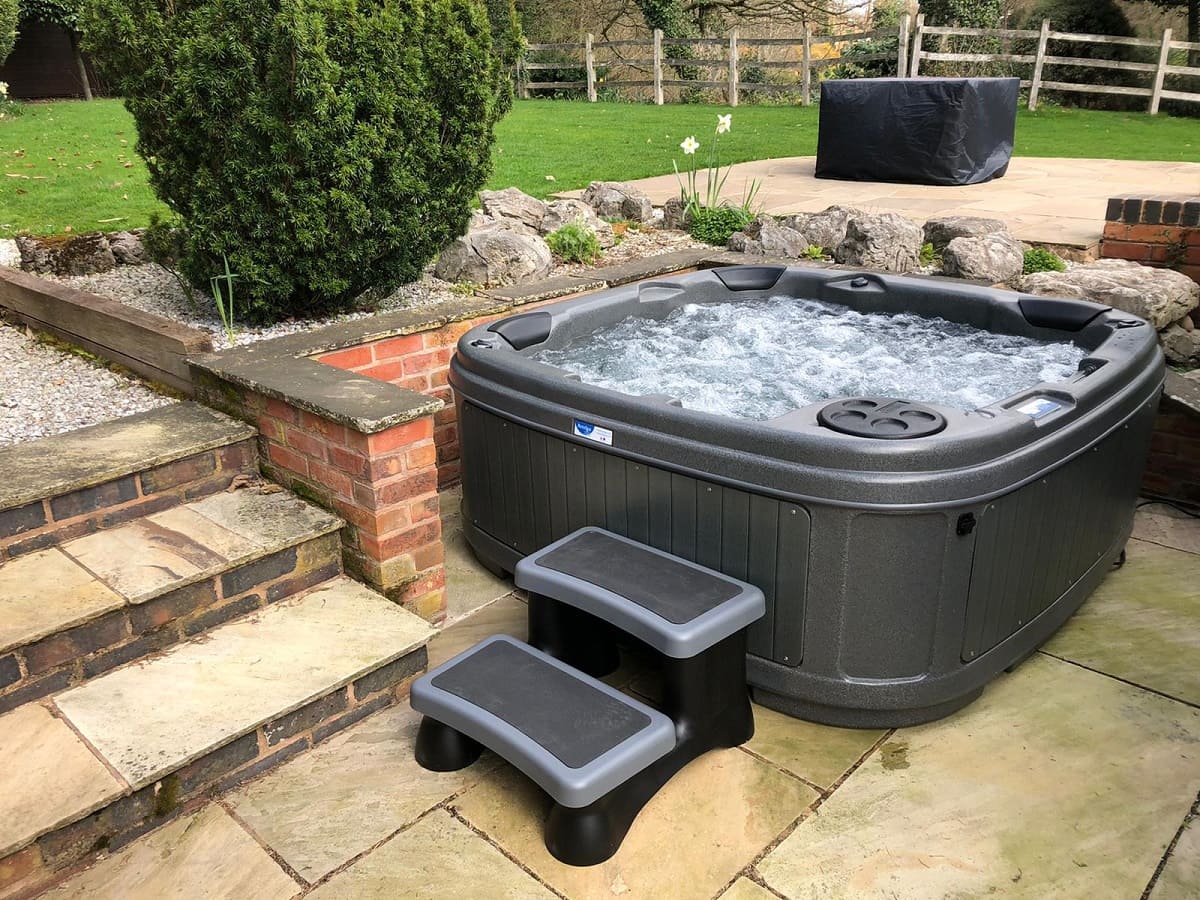

0 thoughts on “How Long Will A Hot Tub Stay Warm Without Power”